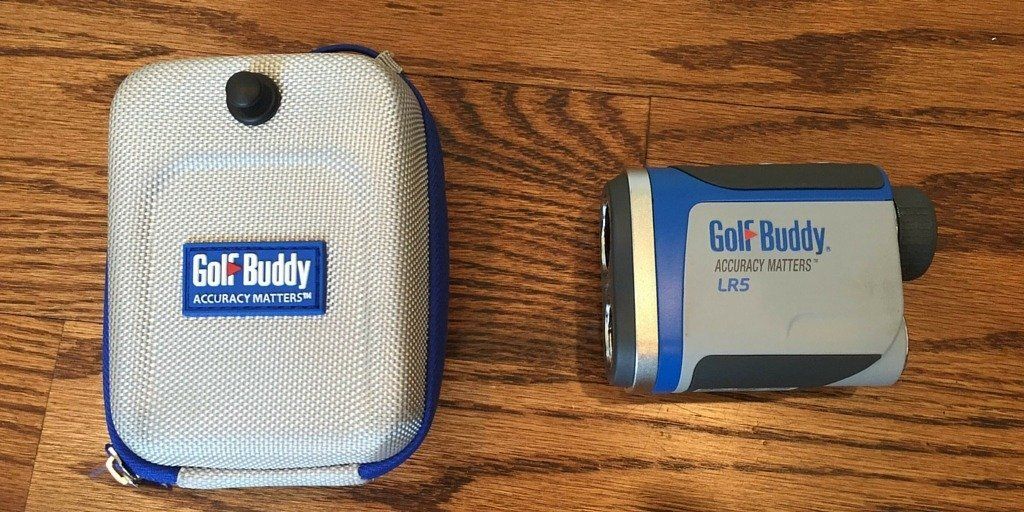
Practical Golf is all about finding ways to lower your scores through simple explanations.
I’ll make this as easy to digest as possible for you.
If you’re not using some kind of distance-measuring device on the course you are costing yourself strokes.
We can sit here and talk about swing theory, your equipment, and your mental state on the course all day long. Those are important topics, and are certainly worth exploring. However, mastering all of those parts of the game are worthless if you don’t make smart decisions as a course manager.
Knowing your yardages on every shot is one of the most fundamental pieces of information you need in order to choose the right club, and target. If you’re guessing your distances then you are inherently not going to be confident in your club selection.
Removing this doubt is easy to do now. GPS units and Rangefinders are far less expensive than they used to be, and are efficient enough to not waste any precious time before your shot.
GolfBuddy Rangefinder
I have always played with GPS devices as long as they have been available, and generally have advocated their use by most golfers because they can give you more information than a Rangefinder.
I had been testing GolfBuddy’s LR5 Rangefinder last fall to see if it has a place in my game, and if I can recommend it to all of you.
After logging 15 rounds I can say that this is yet another winner from GolfBuddy. At $200 this Rangefinder does everything you need it to do on the course. I could go into a bunch of technical mumbo jumbo, but to me the only thing that matters about a Rangefinder are two things:
- Is it accurate?
- Is it fast?
The last thing I need to do is waste 20-40 seconds before my shot trying to lock in on a target. It wastes my playing partners’ time, and I could be using that time to think about my strategy.
I can tell you that I’ve had zero complications locking in my target with this device. Using their pin-seeking mode, you get your distance instantaneously to whatever object you lock in on. If your hands are a little shaky you might zero in on a tree behind the pin briefly, but it’s fairly obvious when you get the right yardage. That whole process will take you about 10-15 seconds at most.
GPS or Rangefinder?
I’ve written before about how I think that GPS units might benefit most golfers because you are getting yardages to all kinds of targets, but I fully realize that many players still want to use Rangefinders.
There are certain times on the course where I want to know my exact yardage to the pin, and it’s mostly with my wedge shots. If I know I have 73 yards to the pin, that will help me lock in on the swing length I want to use based on the Dave Pelz clock system (read his book on the short game for more info, it’s one of the best ever).
For me, the more information I have about my yardages, the better. It removes doubt when I know that I have 154 yards to the pin, and 169 yards to the back of the green. That way I know I can hit a 7-iron instead of an 8-iron because there is plenty of room to miss the pin on the longer side.
I’ll stop my pitch on course management here, but of course you can check out my free eBook if you want to learn more.
I know it’s not in everyone’s budget to have both a GPS and a Rangefinder so you’ll have to make a decision on which one you want based on the kind of player you are, and what kind of yardages are more important to you.
Wrapping it up
So to quickly summarize, and get to the main point of this article.
If you are a golfer who wants to improve, you should be using a distance-measuring device.
If you’re in the market for a Rangefinder this one is reasonably priced, and will get the job done for you. There’s just not much else to it.
You can purchase the GolfBuddy LR5 Rangefinder on Amazon for $199 here.
We care about the protection of your data Read our Privacy Policy